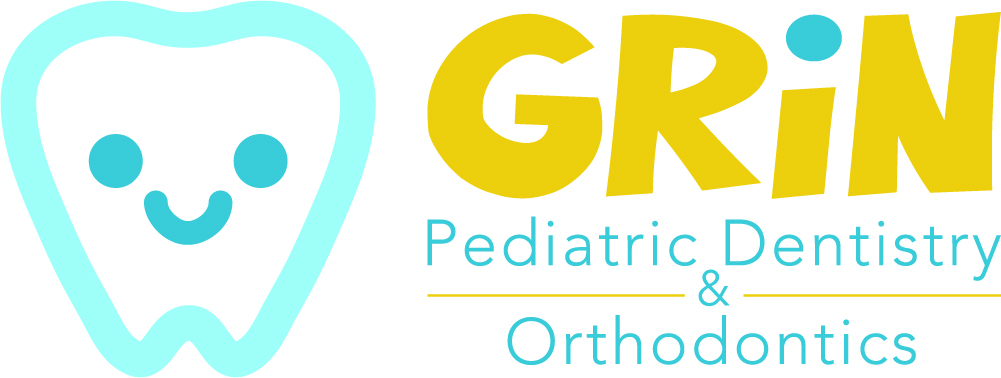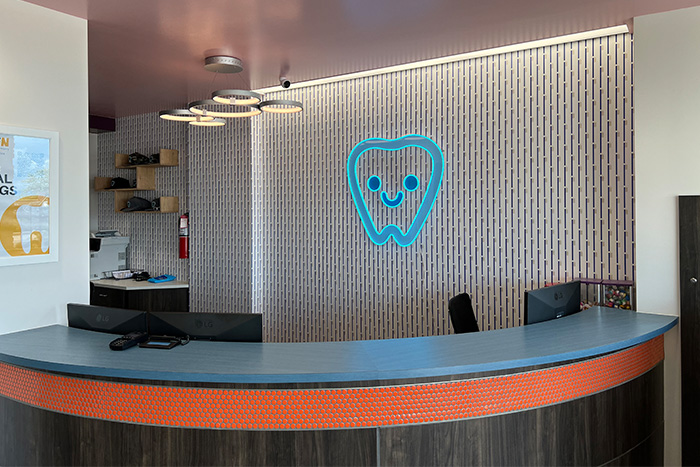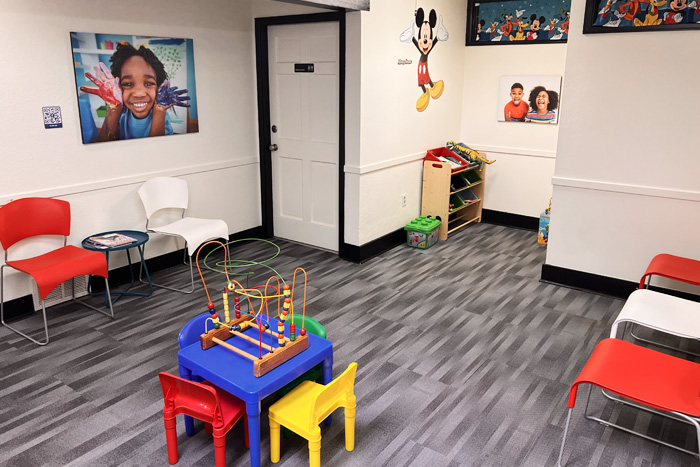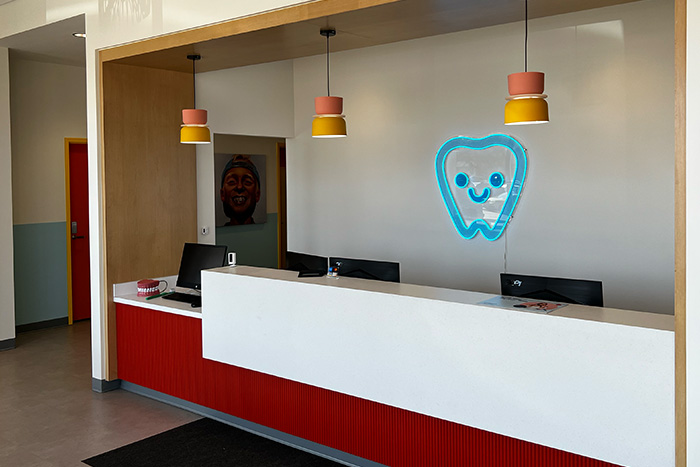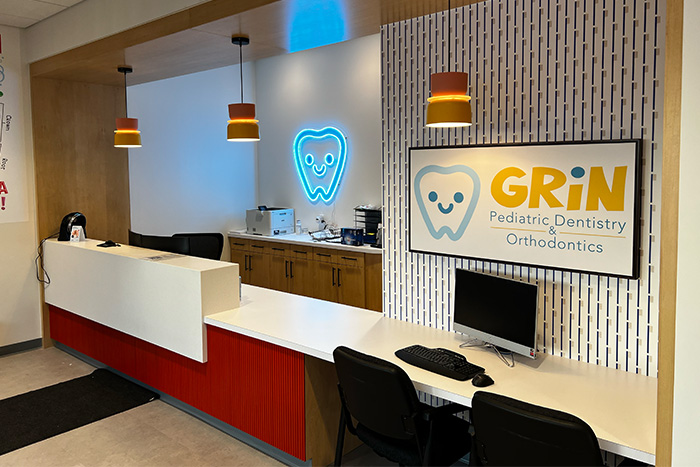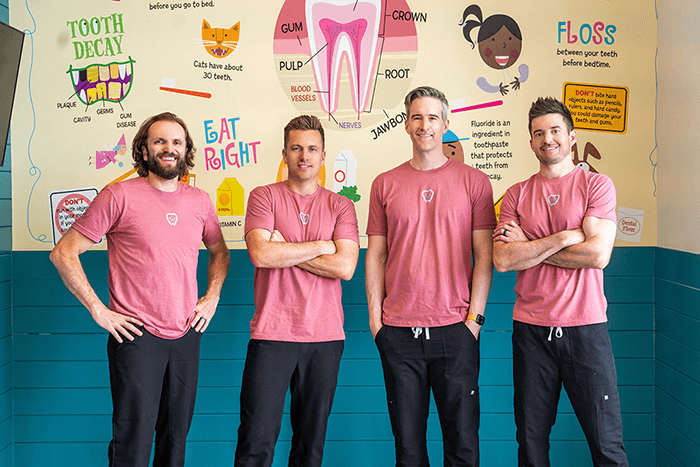Should My Child Brush Their Tongue Too?
Ensuring proper oral hygiene is essential for a child’s overall health and well-being. While brushing teeth and flossing are widely emphasized, an often-overlooked aspect of kids’ oral hygiene is tongue cleaning. The tongue harbors bacteria, food particles, and dead cells, which, if not removed, may contribute to bad breath and other oral health concerns.
This article explores the importance of tongue brushing for kids, its benefits, the appropriate techniques, and whether a tongue scraper for kids is a suitable option.
The Importance of Tongue Brushing for Kids
1. Reducing Bacteria and Plaque Accumulation
Bacteria are not only present on the teeth and gums but also accumulate on the tongue. If left uncleaned, the tongue can become a breeding ground for harmful microorganisms that contribute to plaque formation and oral infections.
2. Preventing Halitosis (Bad Breath)
One of the leading causes of persistent bad breath in children is bacterial buildup on the tongue. Regular tongue brushing kids teeth helps remove these bacteria and food debris, significantly reducing halitosis.
3. Supporting Overall Oral Health
Oral health for kids extends beyond tooth and gum care. A clean tongue reduces the likelihood of cavities, gum disease, and other oral health complications.
4. Enhancing Taste Sensation
A coated tongue can diminish a child’s ability to taste food properly. Regular cleaning ensures that taste buds function optimally, enhancing their overall eating experience.
At What Age Should Children Begin Tongue Brushing?
Children can begin tongue cleaning as early as two years old. Initially, using a damp washcloth or a soft toothbrush is recommended for younger children. As they develop better motor skills, typically around the age of six or seven, they can transition to a tongue scraper for kids under parental supervision.
Proper Tongue Cleaning Techniques for Children
1. Selecting the Appropriate Cleaning Tool
- Soft-bristled toothbrush – A regular toothbrush can be used for tongue cleaning.
- Tongue scraper for kids – Specially designed scrapers gently remove bacteria and buildup.
- Silicone tongue brushes – These are soft and easy for young children to handle.
2. Step-by-Step Tongue Brushing Process
Encourage the child to extend their tongue outward.
Using a soft-bristled toothbrush or tongue scraper, gently clean from the back of the tongue to the front.
Apply light pressure to avoid discomfort.
If using a scraper, rinse it between strokes to remove buildup.
Rinse the mouth thoroughly after cleaning.
3. Incorporating Tongue Cleaning into a Daily Routine
Encourage children to brush their tongue twice daily along with their healthy teeth.
Use a mirror to help them see and understand the process.
Make the experience engaging by setting a timer or playing a song while brushing.
Comparing a Tongue Scraper and a Toothbrush for Tongue Cleaning
| Feature | Toothbrush | Tongue Scraper |
|---|---|---|
| Ease of Use | Convenient, part of regular brushing routine | Effective but may need parental guidance for younger kids |
| Effectiveness | Removes surface debris; less effective at deep cleaning | Removes more bacteria and buildup from the tongue’s surface |
| Safety | Very safe; minimal risk of injury | Safe when used gently; may cause discomfort if misused |
| Recommended Age | Suitable for all ages, including toddlers | Ideal for children aged 6 and above |
Both tools can aid in proper tongue hygiene. For older children who can manage more precision, a tongue scraper may offer more effective results. However, toothbrushes are easier for younger kids to use as part of their normal brushing routine.
Both tools are effective, but a tongue scraper for kids may provide a more thorough cleaning experience for older children.
Common Concerns About Tongue Brushing in Children
1. My Child Has a Strong Gag Reflex. How Can I Help?
Encourage starting from the middle of the tongue rather than the back.
Use a smaller toothbrush or tongue scraper designed for children.
Advise the child to breathe through their nose to reduce the gag reflex.
2. Can Tongue Brushing Be Harmful?
When performed correctly, tongue brushing is safe and beneficial. Children should be instructed to use gentle pressure to avoid irritation or discomfort.
3. Is a Tongue Scraper Necessary for Children?
While a toothbrush is sufficient for tongue cleaning, a tongue scraper for kids may provide a more thorough removal of bacteria and debris. Parents should choose a child-friendly scraper made of soft, flexible material.
Consequences of Neglecting Tongue Cleaning
Failing to clean the tongue regularly can lead to several oral health concerns, including:
- Persistent bad breath due to bacterial accumulation.
- Increased risk of cavities and gum disease caused by lingering bacteria.
- A coated tongue, which may impair the child’s sense of taste.
- Heightened susceptibility to oral infections resulting from excessive bacterial growth.
Conclusion: Should Your Child Brush Their Tongue?
Yes, tongue brushing should be an essential component of a child’s oral hygiene routine. By incorporating tongue brushing for kids, parents can help prevent bad breath, reduce the risk of dental problems, and promote optimal oral health for kids.
Whether using a toothbrush or a tongue scraper for kids, establishing a comprehensive kids’ oral hygiene routine that includes tongue cleaning will contribute to a healthier, fresher smile.
